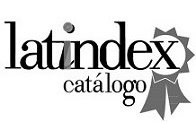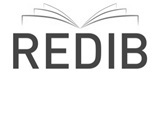Study of the interfix -c-, -ec- in the diminutive formations (camioncito, cafecito, nochecita) of current spanish
DOI:
https://doi.org/10.30972/clt.0154710Keywords:
Interfixes, Diminutives, Current spanish (1984-2004), CREA dataAbstract
The study of the interfixes, in general, and more particularly, of those that enter into the formation of appreciatives, places the researcher before one of the most complex and controversial issues of the lexical morphology of Spanish language. The objective of the article that we now present is to carry out a detailed analysis of the interfix -c-, -ec- that appears in numerous Spanish diminutives, in order to determine its morphological characteristics, as well as the rules or principles that govern its insertion and combinatorial. For this, we have taken as study material the interfixed diminutive formations that are included in the Corpus of Reference of Current Spanish (CREA), although, due to the high number of these, we have decided to limit the analysis to those between 1984 and 2004. Throughout this analysis, the results offered by the empirical data of the corpus are contrasted with the theoretical approaches of the researchers, in order to examine their validity and propose, where appropriate, alternative solutions.









52.jpg)









